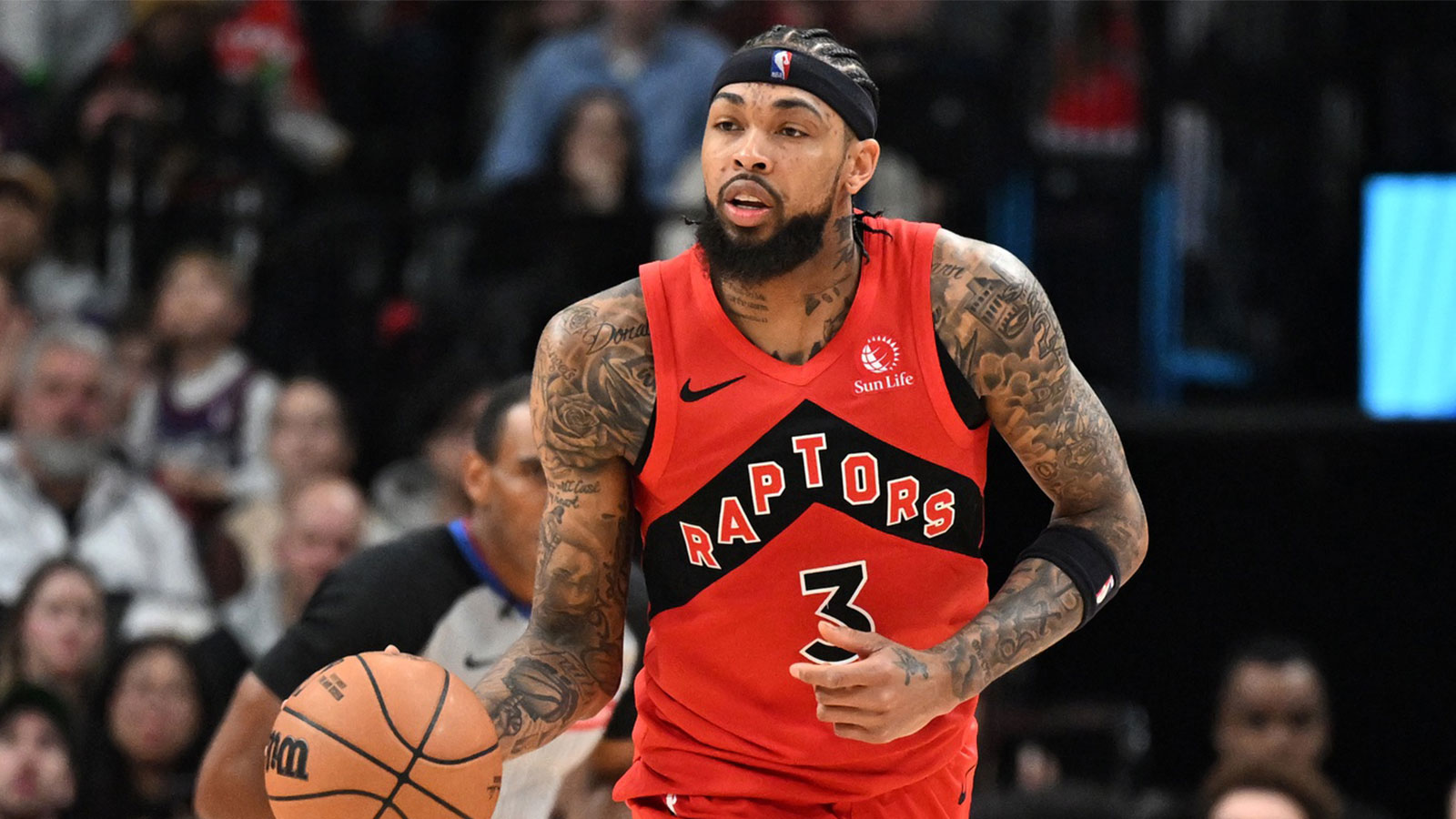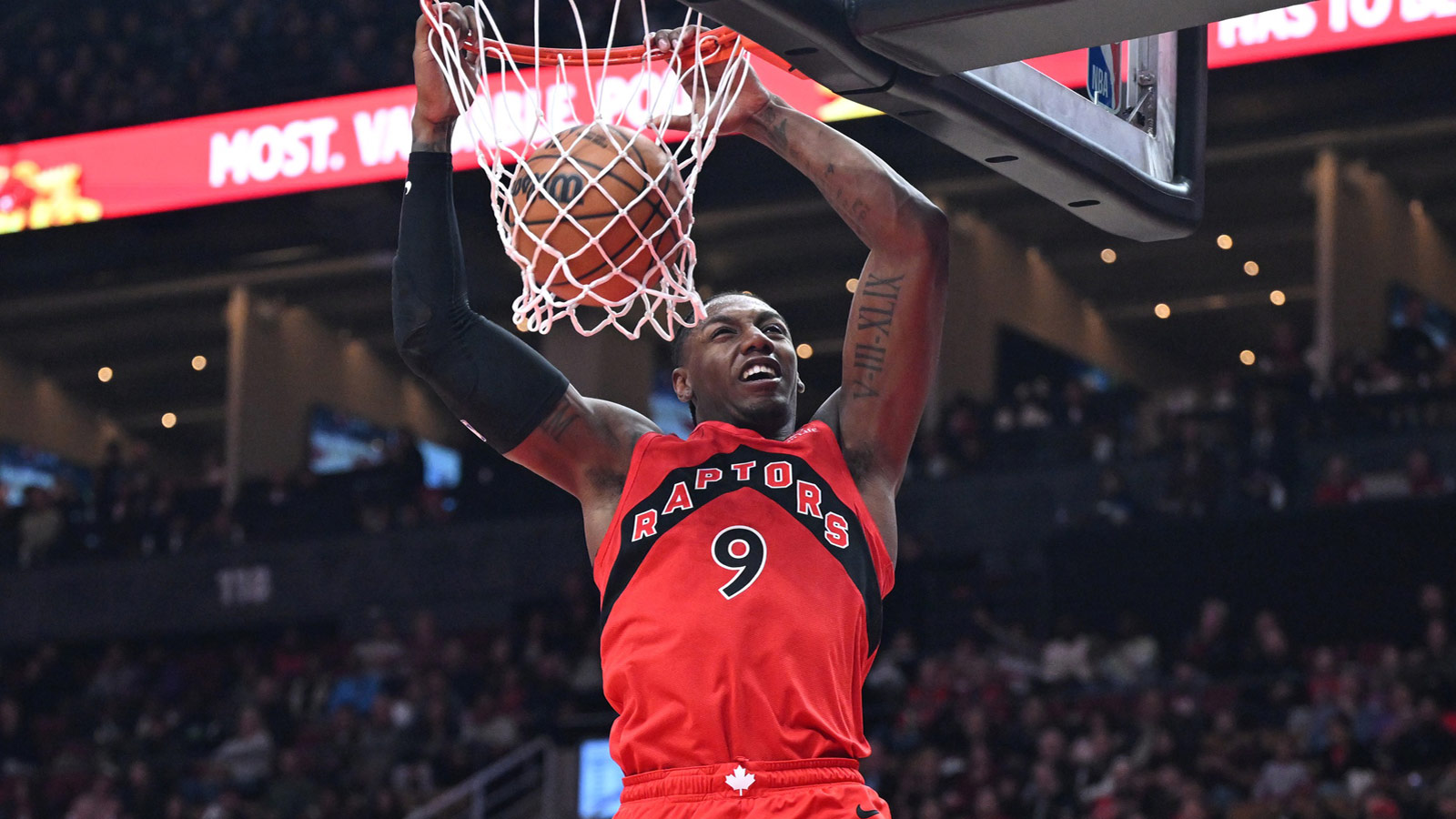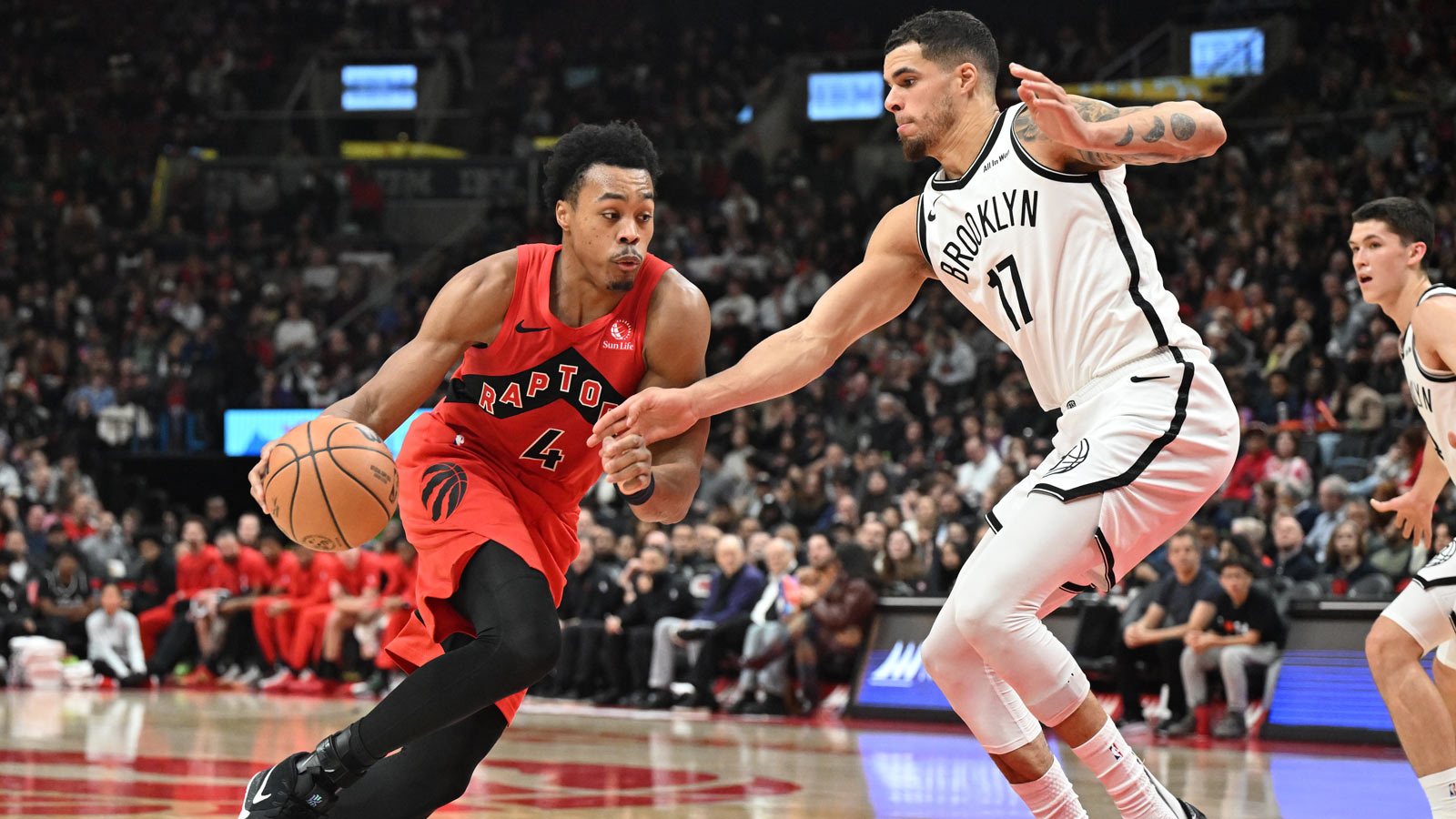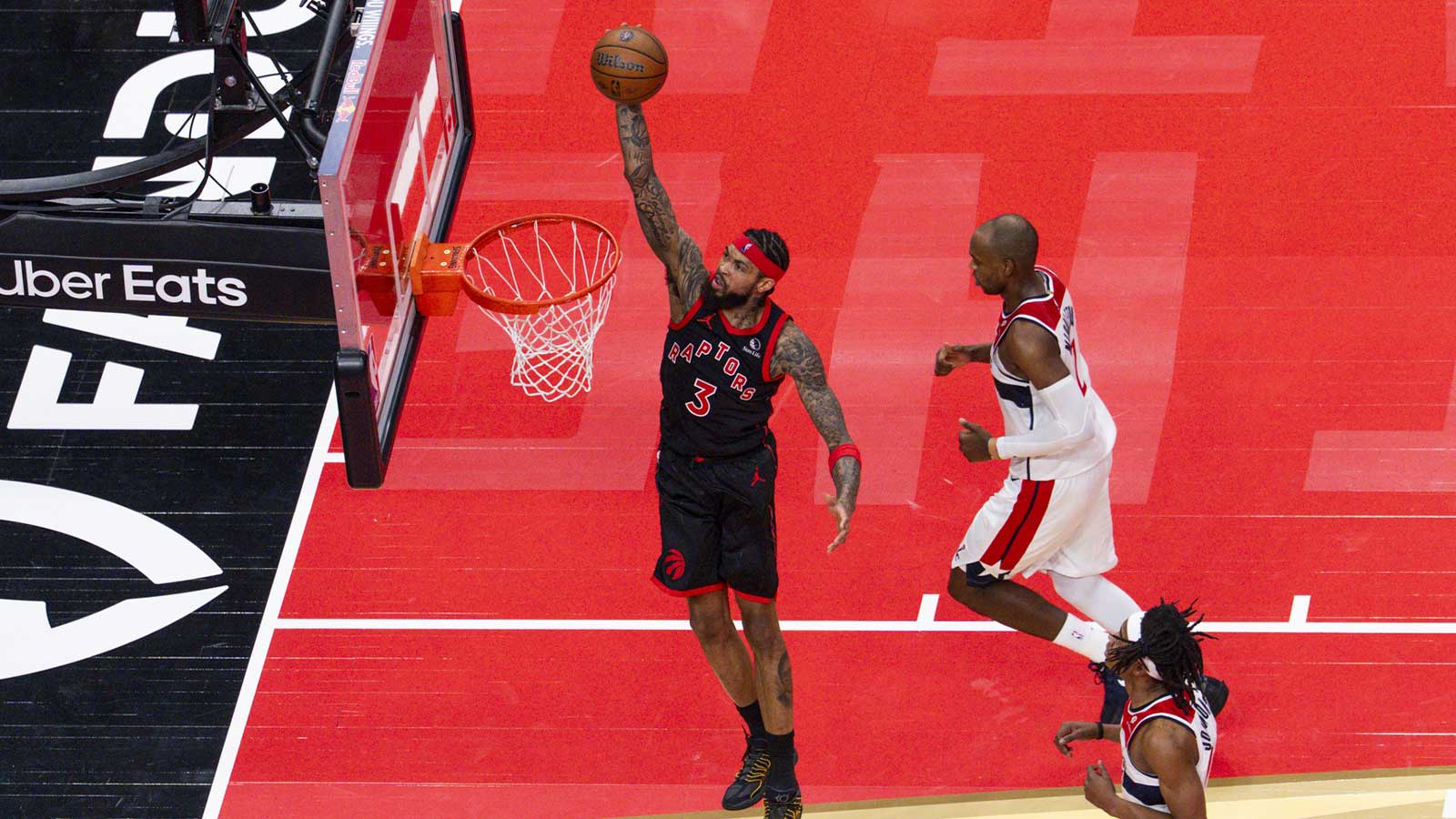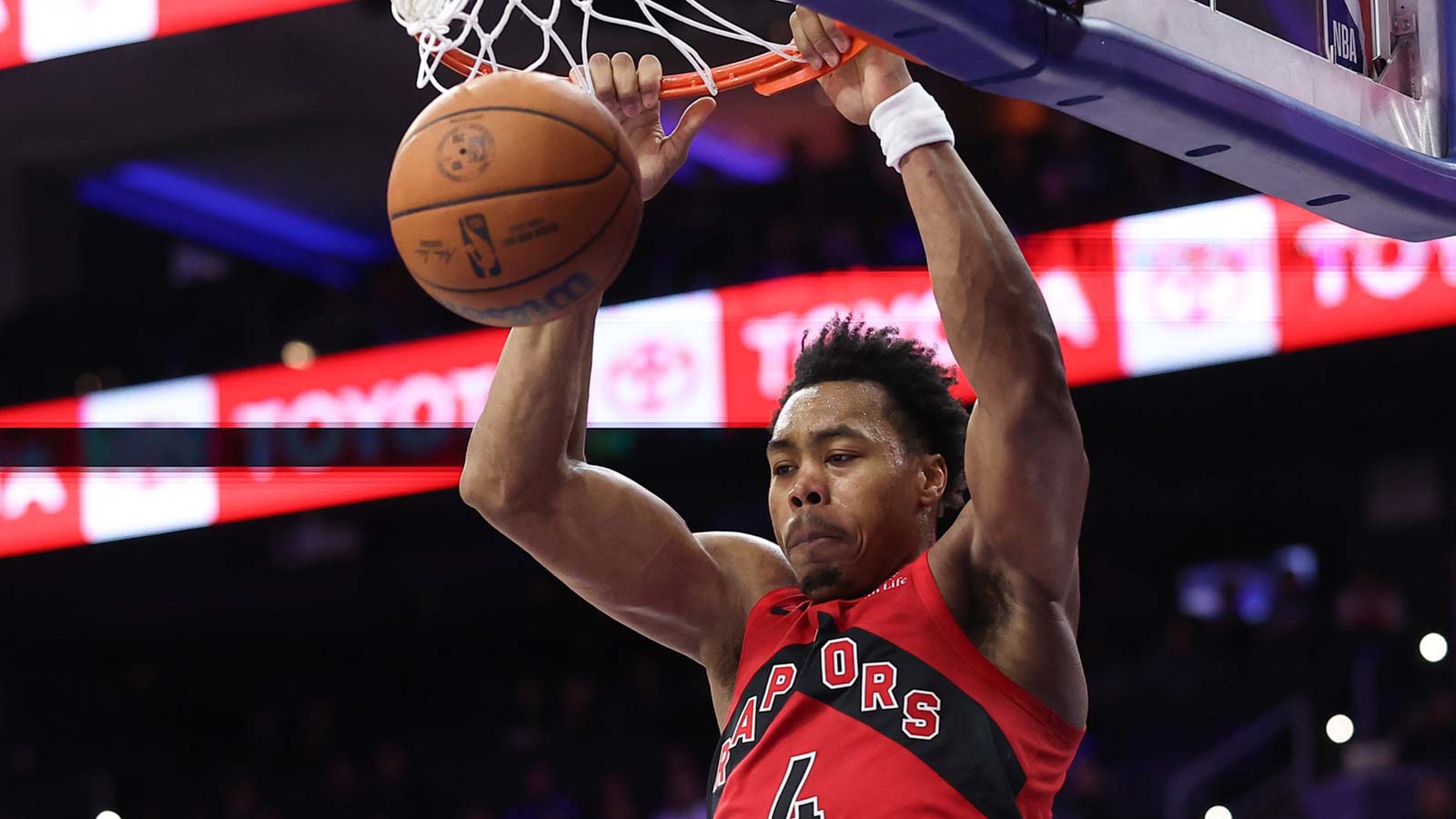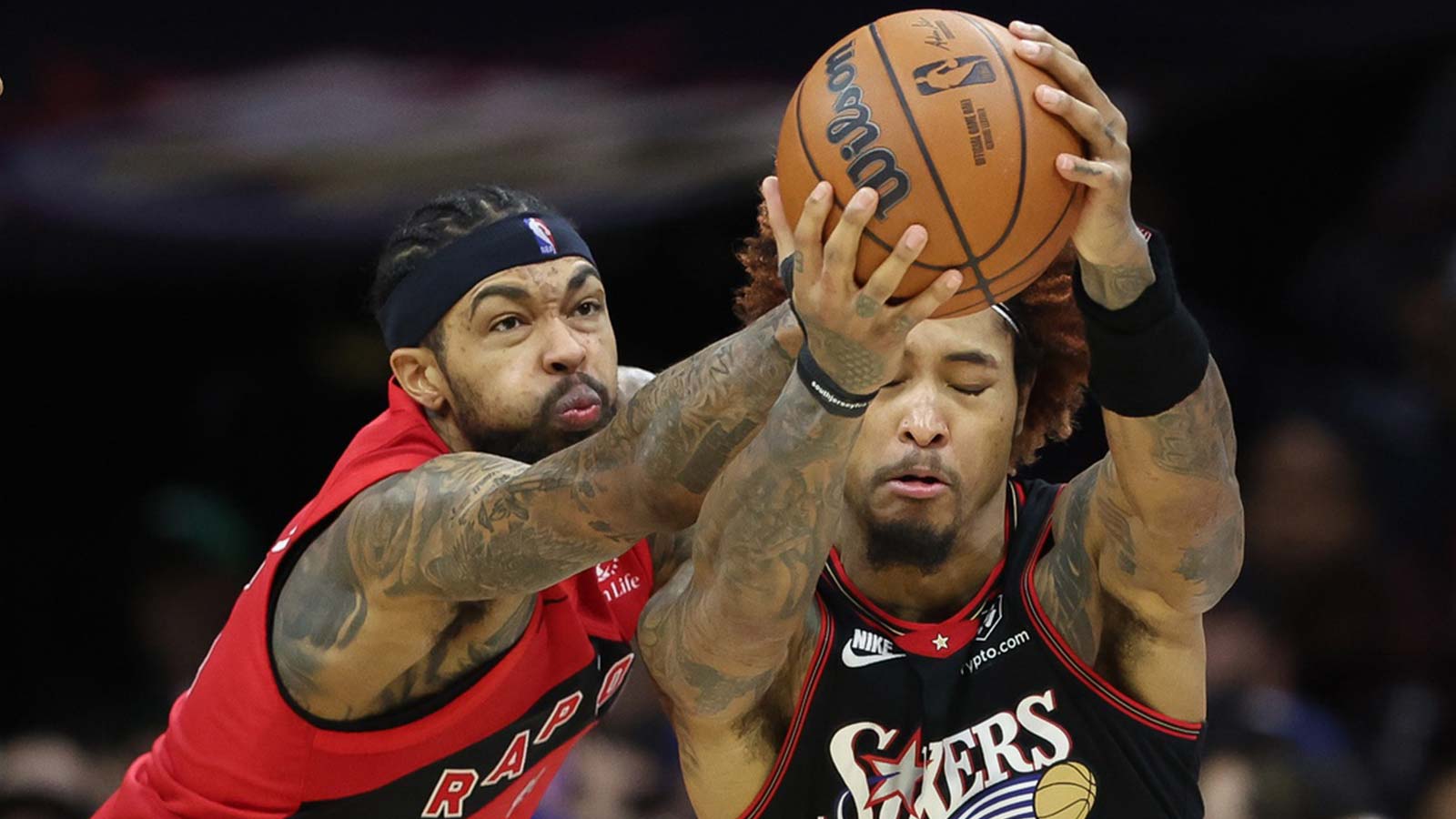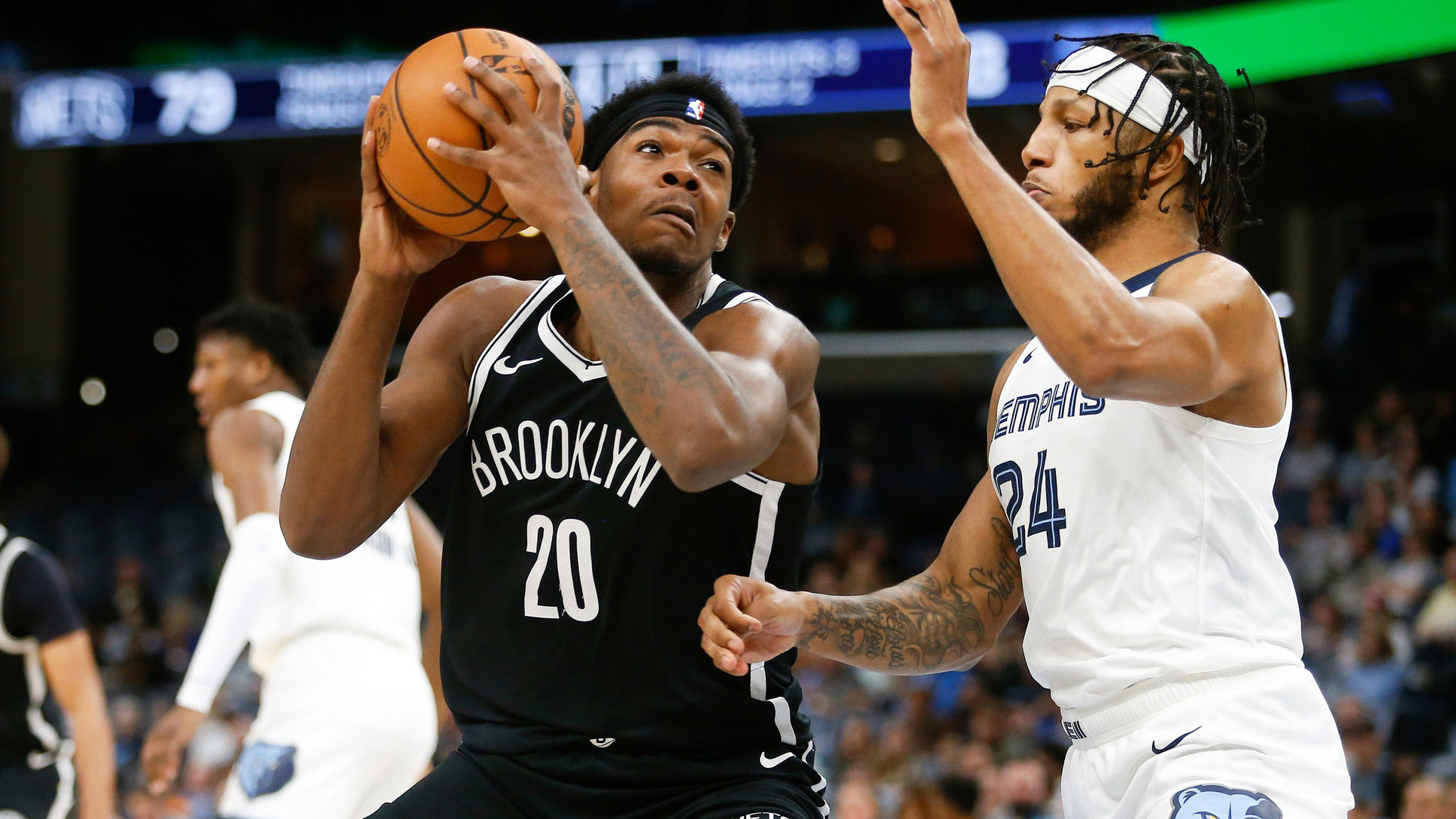The Toronto Raptors are carving up the Golden State Warriors in the NBA Finals.
The Eastern Conference champions have a 115.1 offensive rating through the first four games of this series, a hair better than Golden State's league-leading mark from the regular season. The Warriors simply haven't had an answer for Kawhi Leonard individually, averaging over 30 points per game on elite efficiency in the Finals, and have routinely fallen victim to quick-hitting ball movement that leads to open looks when they commit an extra defender to Toronto's superstar.
Still, offense isn't the only side of the ball driving the Raptors' success. They've been stellar on defense, too, taking full advantage of Golden State's injury woes by leaving questionable shooters away from the ball to overload the strong side of the floor, ensuring life is difficult on Steph Curry and Klay Thompson. What makes Toronto's defensive performance extra impressive is the team has managed it while toggling through multiple strategies not just game-to-game, but sometimes possession-to-possession.
The most notable scheme Toronto has tried is the box-and-1 Nick Nurse pulled out in Game 2 of the Finals, and briefly implemented again on Friday night. Despite facing criticism from some league followers for employing a “junk” defense at the game's highest level, Nurse remains completely unfazed, content to employ whatever defensive approach that will help his team keep the Warriors in check.
“Listen, I don't really care,” he said, per ESPN. “I mean, if things work, I don't care if I go out there and four guys stand on their head and we get a stop. And it was very effective.”
Toronto went to the box-and-1 for several minutes after Thompson went down with a hamstring injury in the fourth quarter of Game 2, nearly completing a last-gasp comeback because of it. On Friday, the Raptors again rolled out the box-and-1, forcing multiple stops until Steve Kerr adjusted by breaking from his normal rotation and inserting Thompson back into the game.








